Best Hammams in Istanbul
Best Hammams in Istanbul
Once in Istanbul, a hammam session in one of the city's numerous ancient Turkish baths is a must; here's some background and locations. Traditional Turkish baths, also known as hammams, are wet steam baths that emerged in the Ottoman Empire following the conquest of Constantinople in 1453. The hammam evolved throughout the Ottoman Empire, the Maghreb, and as far as the Middle East, inspired by Roman baths. A hammam is a location where you may cleanse your body and mind. There are about sixty baths in Istanbul; it would be a pity to lose out on this opportunity!
Kilic Ali Pasha Hammam
The Kilic Ali Pasha Hamami was constructed between 1578 and 1583 to serve the Levents, the Ottoman navy's troops, and was ordered by the renowned Ottoman admiral Kilic Ali Pasha as part of the mosque and school complex. This hammam is one of the iconic structures in Tophane, the area of Istanbul's ancient harbor, and is known for its architectural lines and magnificent dome. After seven years of careful and rigorous repair, the Kilic Ali Pasa Hamami reopened its doors in 2016, providing tourists with an amazing experience. The admission fee includes a bath towel, peştemal, a pair of slippers, an exfoliating sponge, and olive oil soap, as well as free access to a hammam session.
Suleymaniye Hammam
Suleiman the Magnificent commissioned architect Mimar Sinan to construct the Süleymaniye Hammam in 1557. With its domes and mathematically placed chimneys, the Suleymaniye hammam is one of Istanbul's most beautiful hammams. The center massage stone is surrounded by eight marble columns. The bath, which had been shuttered since 1924, has been restored and reopened in 2004. The admission fee includes a bath towel, peştemal, a pair of slippers, an exfoliating sponge, and olive oil soap, as well as free access to a hammam session.
Cesme Hamami in Istanbul
Grand Admiral Kaymak Mustafa Pasha constructed the eşme Hammam (“çeşme” meaning “fountain” in French) in the late 1720s. Shortly after the hammam was completed, he was imprisoned and executed in the “Rebellion of Patrona Halil,” which put an end to the Tulip Age, during which the Ottoman Empire developed political, economic, and cultural relations with Western Europe, and the European way of life was appropriated by Ottoman sultans and statesmen of the time. From 1718 until 1730, this era spanned twelve years. The hammam was utilized as a public bath until 2017, when it was renovated while still maintaining its historical construction. Indeed, The Galata Istanbul Hotel Mgallery reopened the eşme Hamam in line with its original design, continuing the 300-year-old well-being heritage of water treatment. Massage packages are available, as well as a classic Turkish bath experience.
Bathhouse of Hurrem Sultan
The Turkish baths have a powerful image and a fresh and distinct experience for visitors, even though they are no longer as popular with the Stambouliotes as they once were. The Hürrem Sultan Hamam was constructed in the 16th century by Ottoman architect Sinan at the request of Sultan Suleiman the Magnificent's wife, and is located between the Blue Mosque, Hagia Sophia, and the Temple of Zeus. It is a real architectural marvel, since it is one of the few Turkish baths with identical men's and women's portions that are built on the same axis and mirror each other. The entry ticket includes free hammam access, as well as the loan of a bath towel, peştemal, a pair of slippers, and a gift package including an exfoliating sponge, hand olive oil soap, and a hair and body cream lotion.
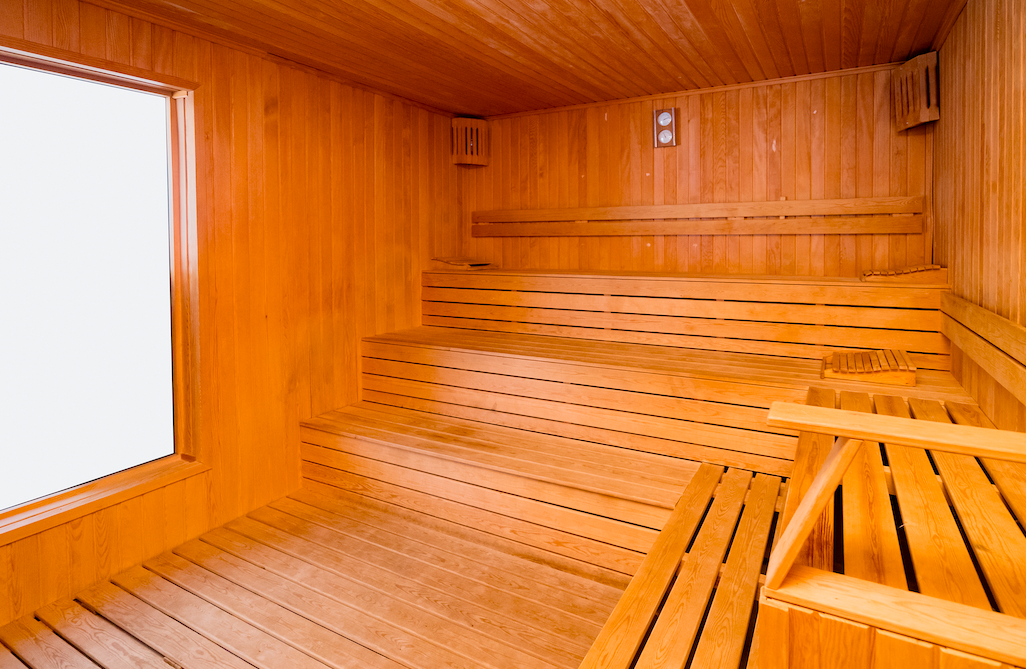

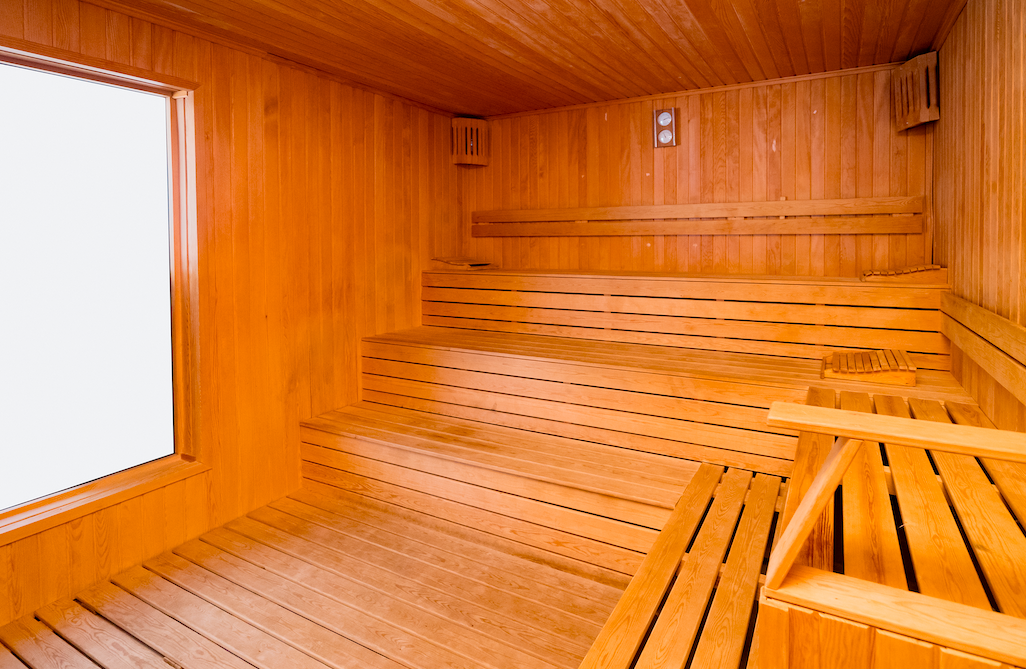


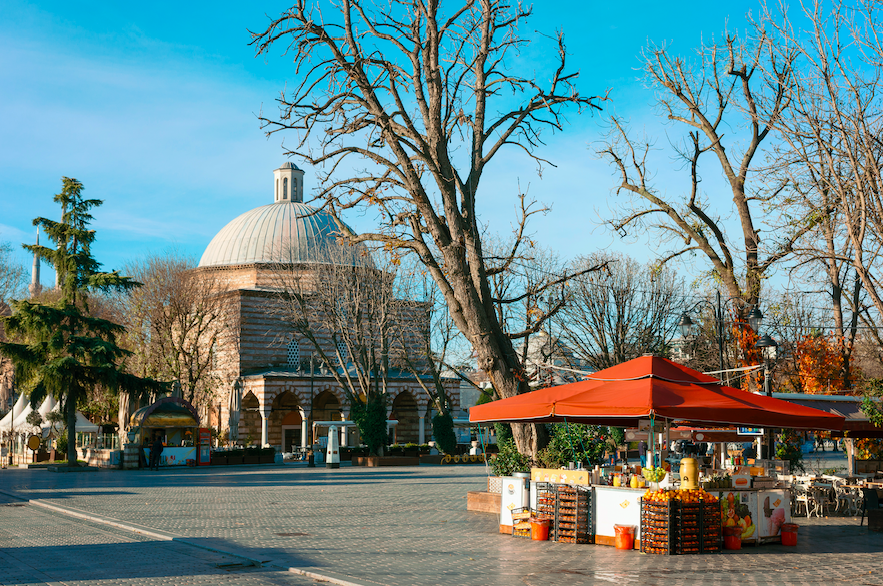
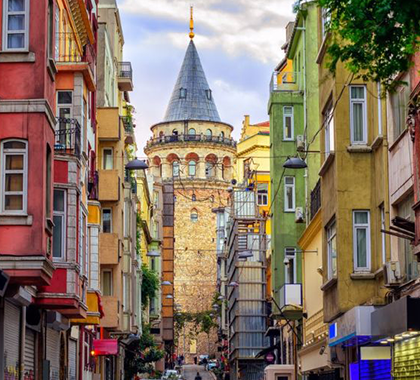

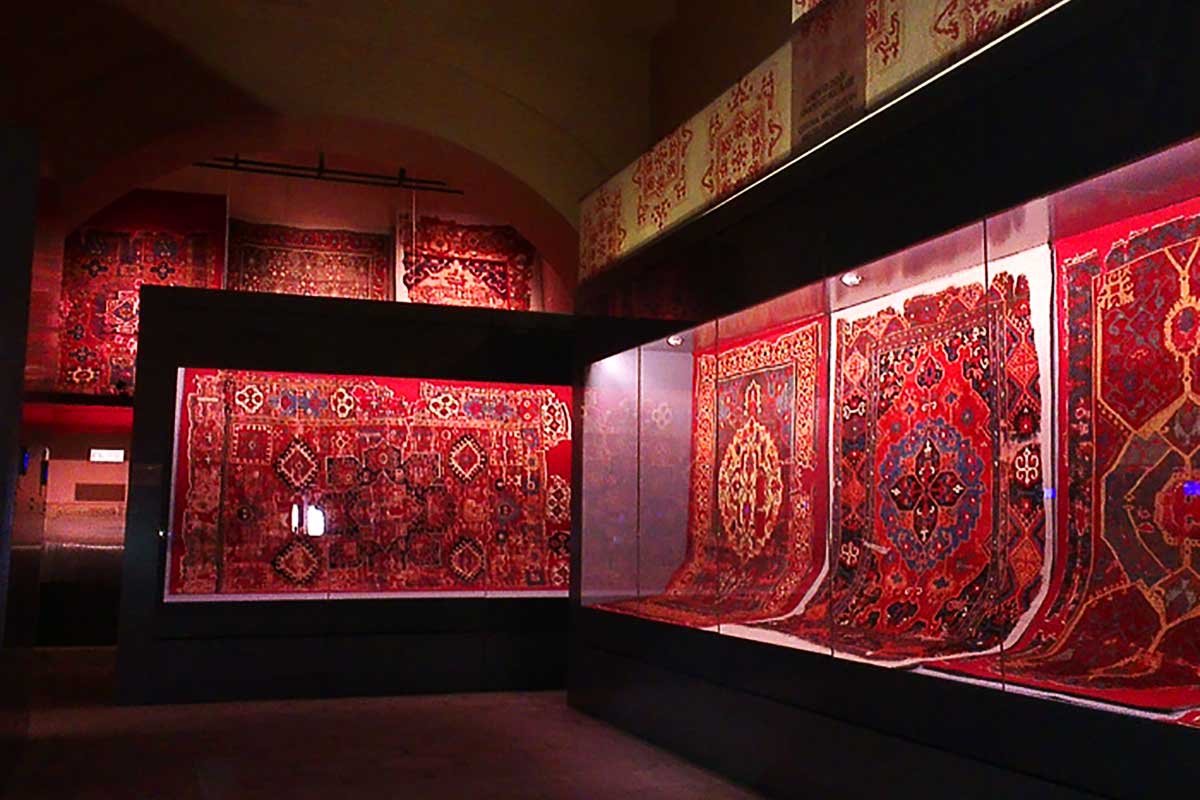
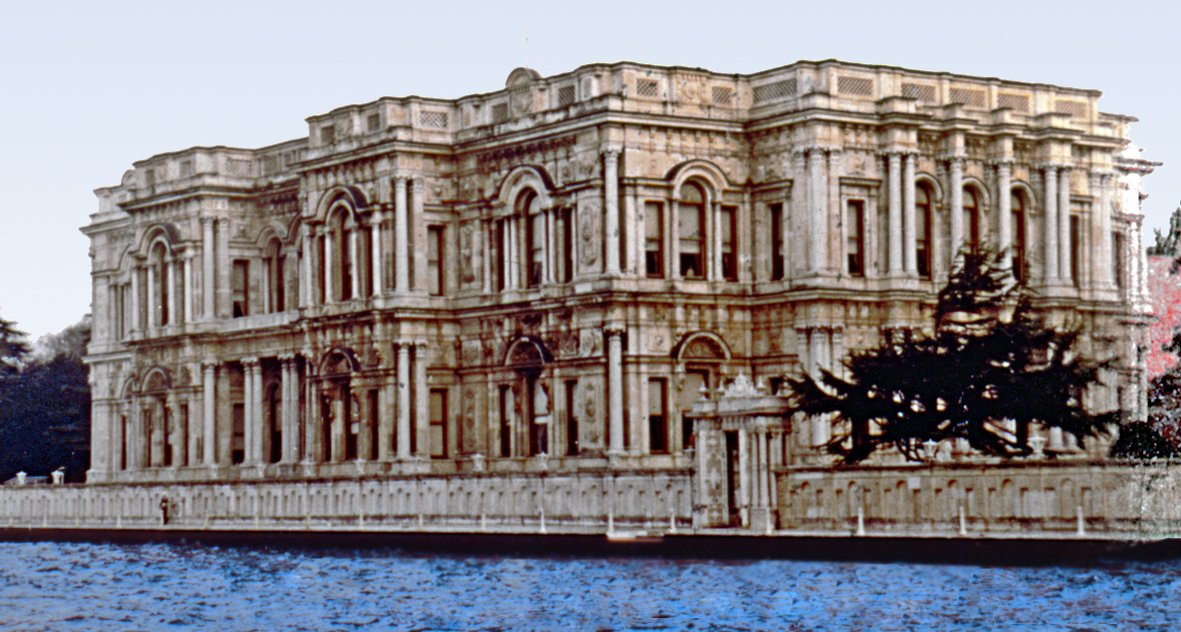
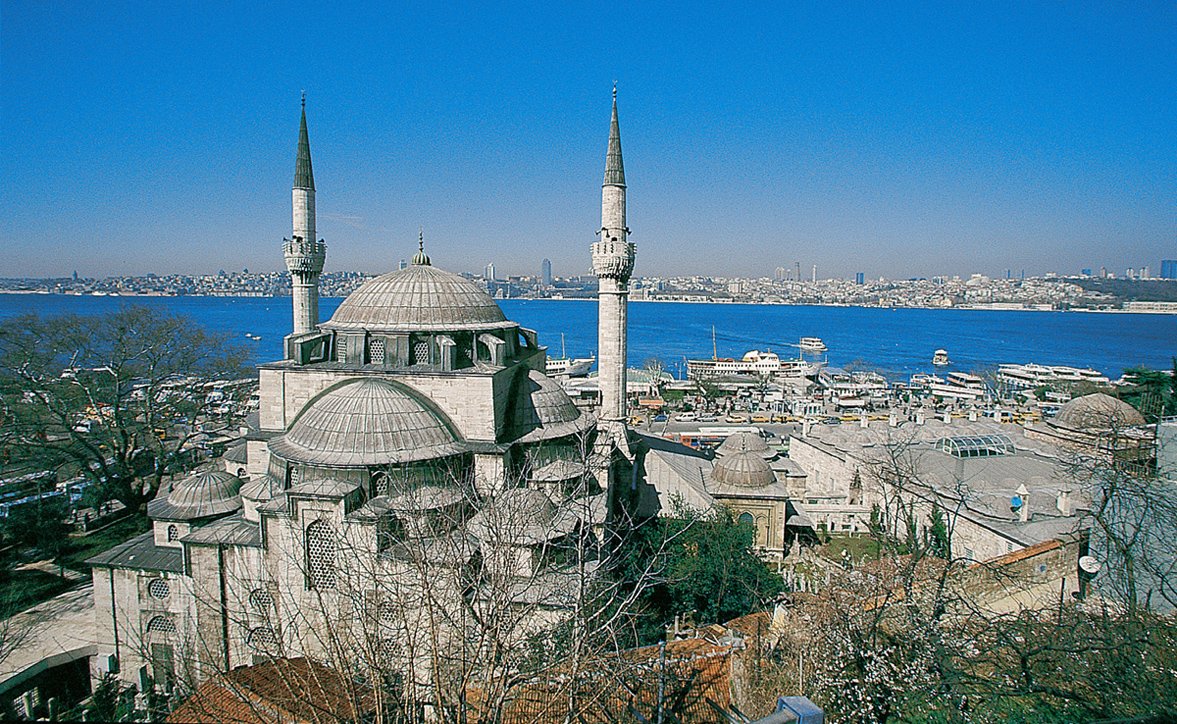
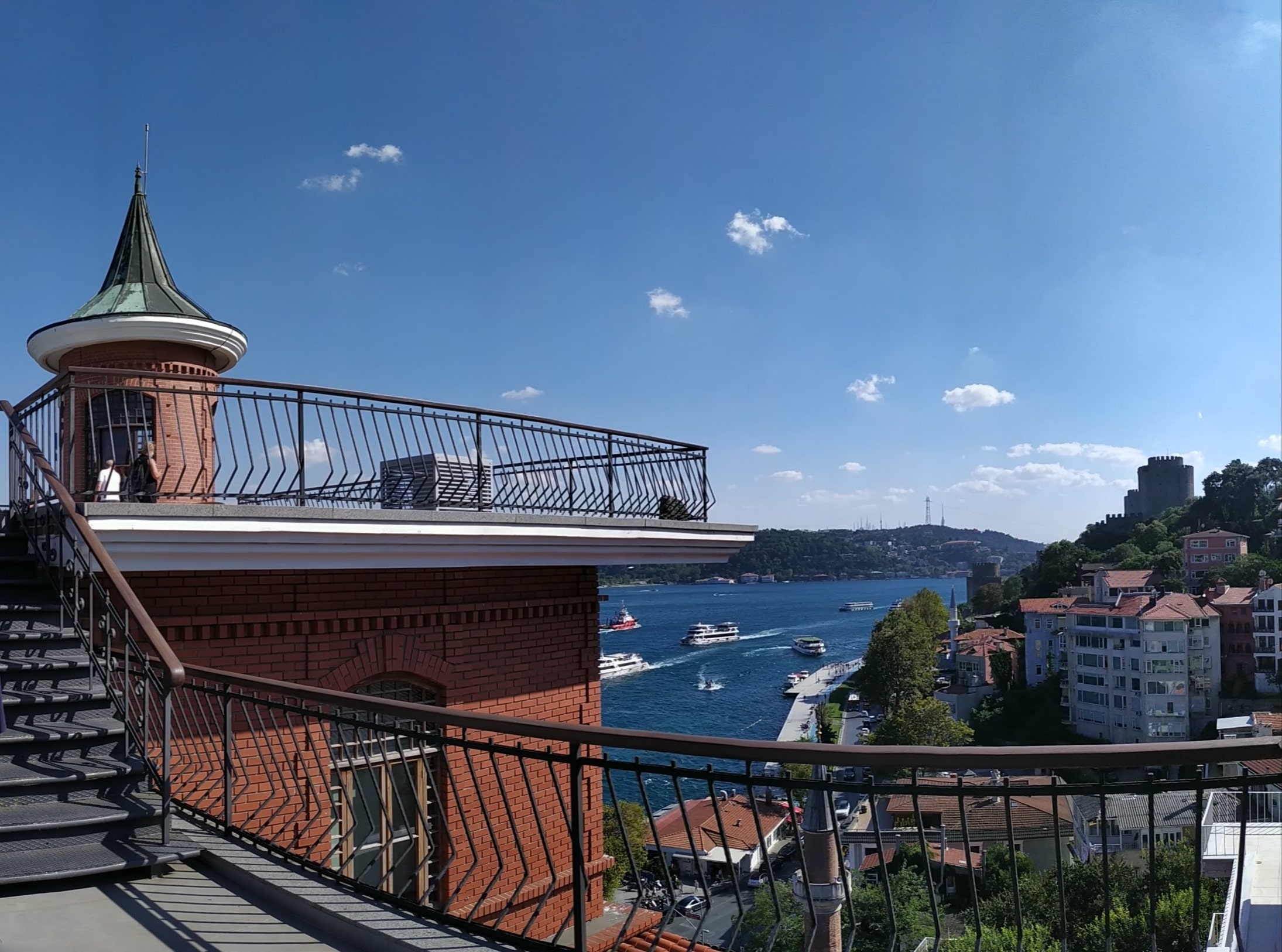

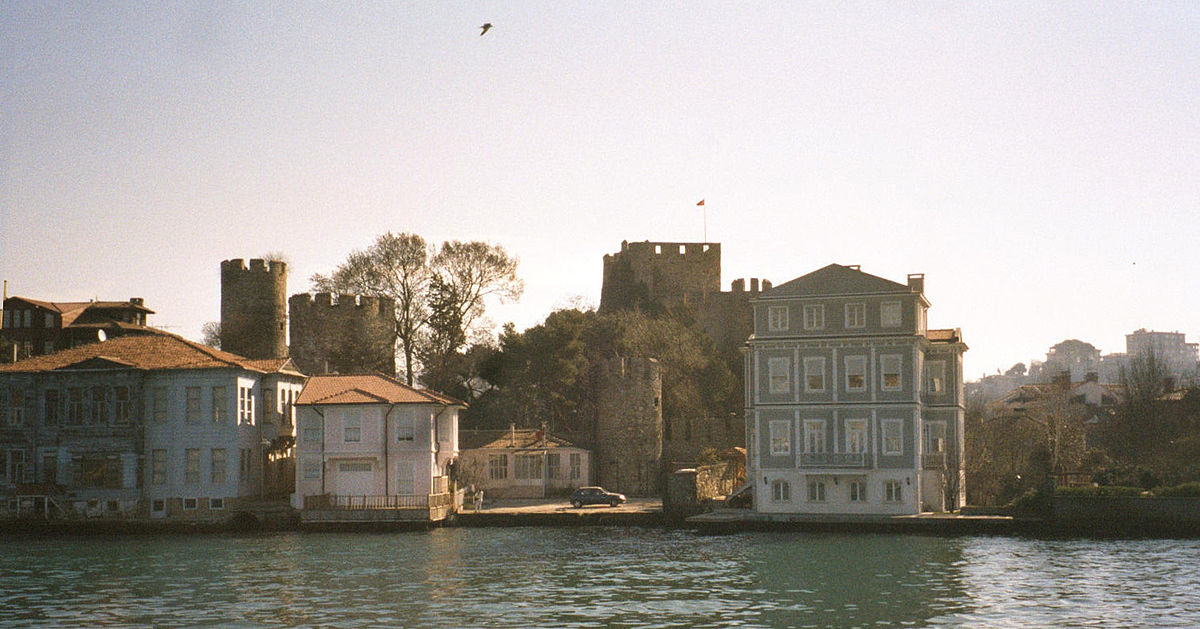
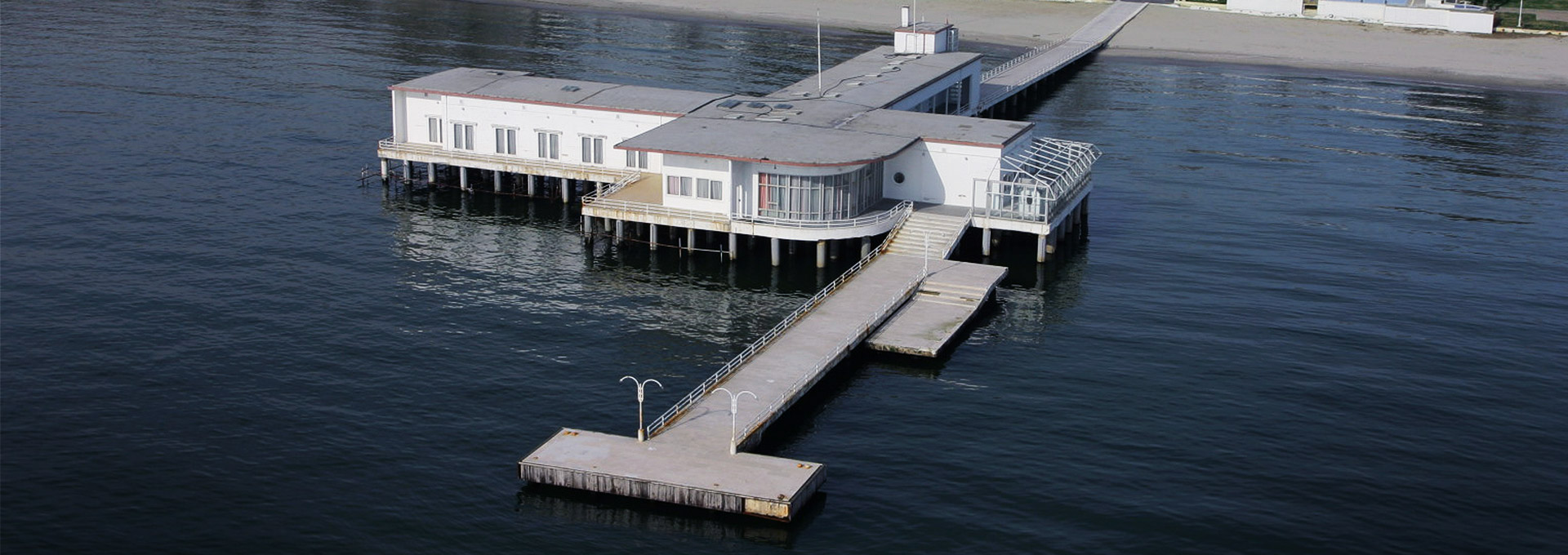
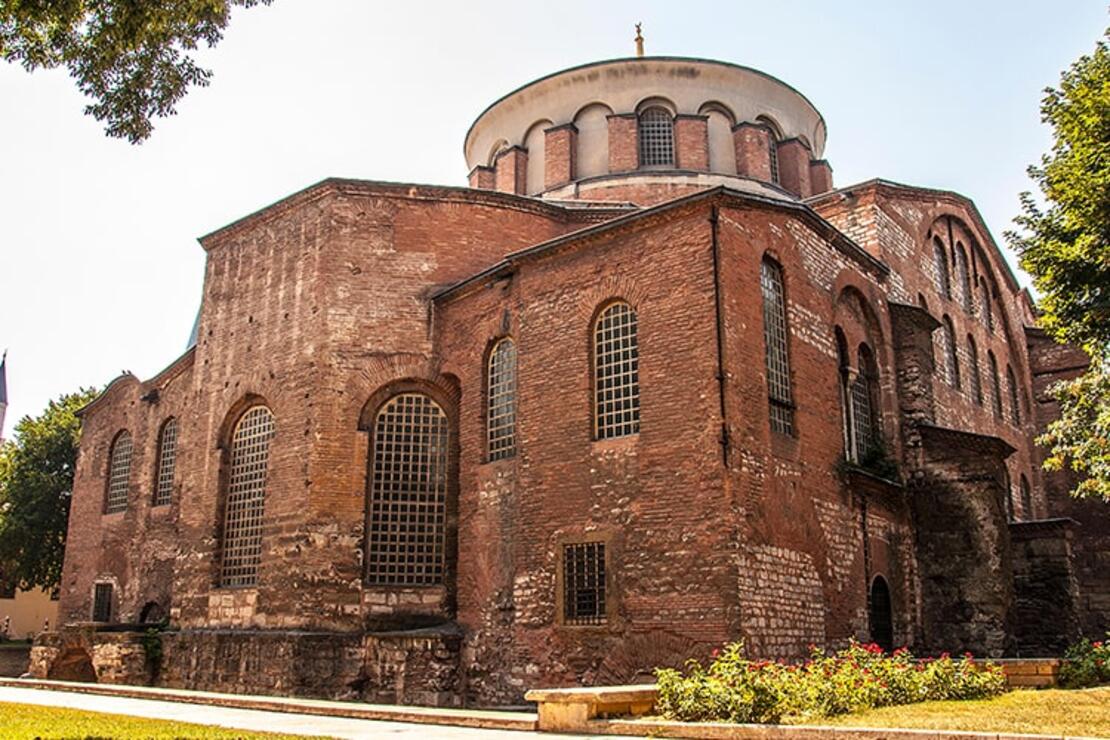

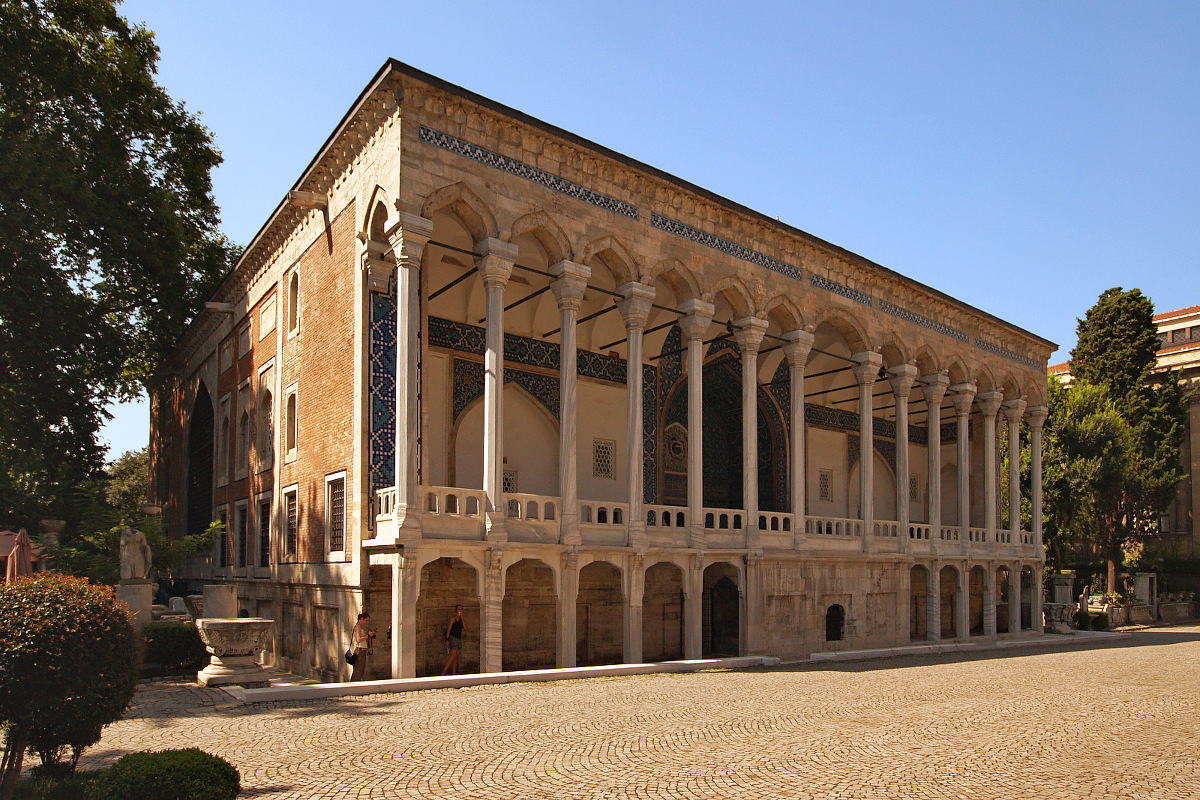






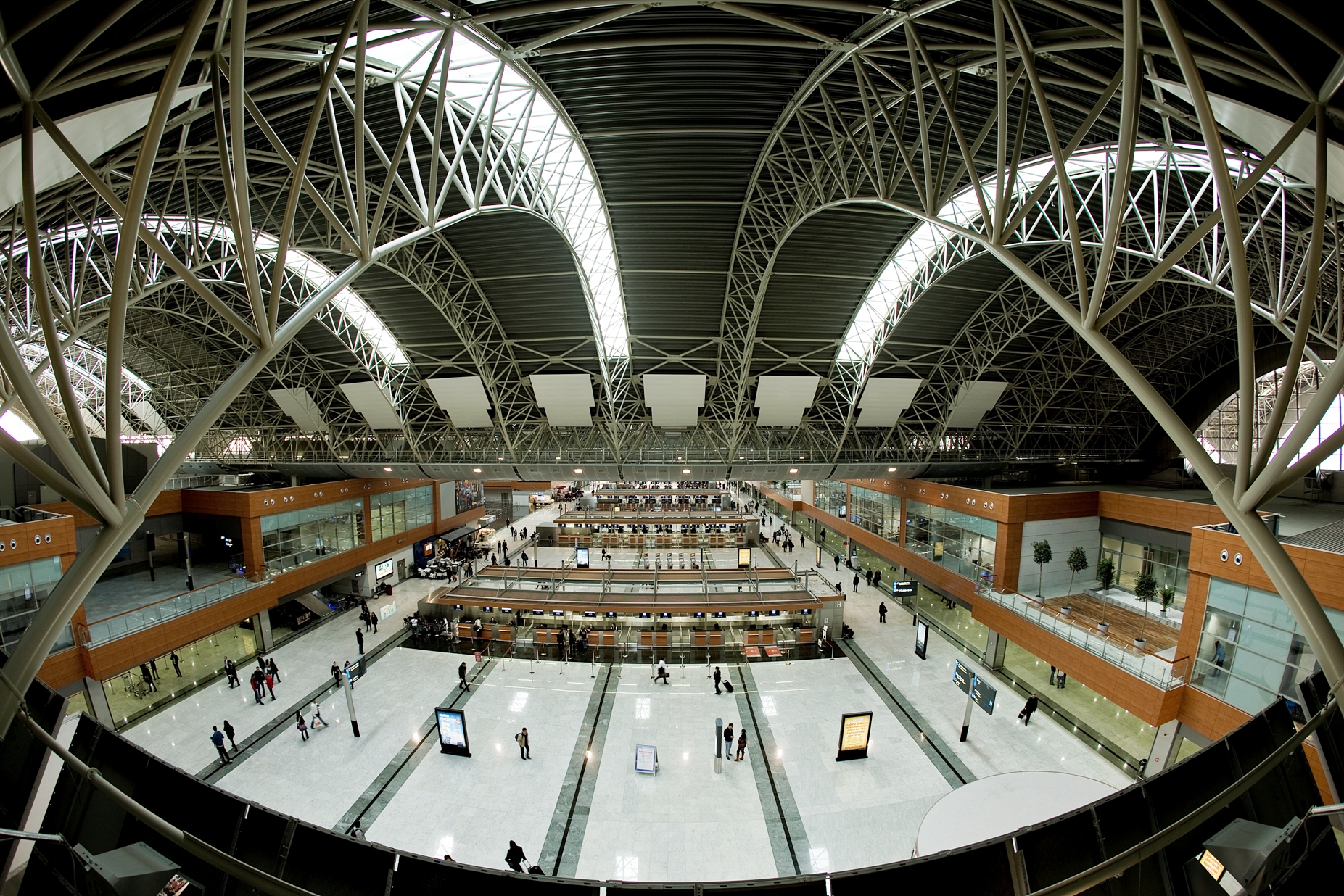

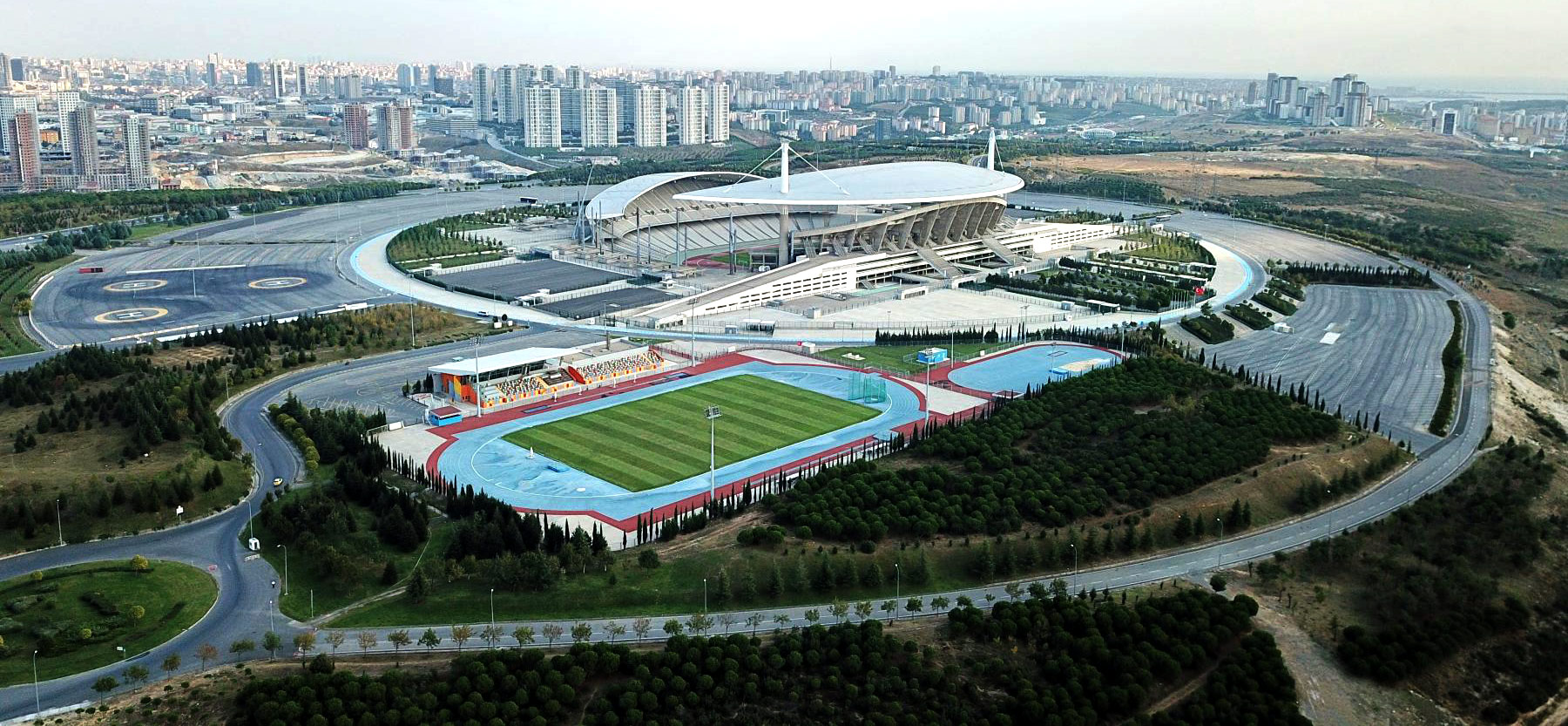
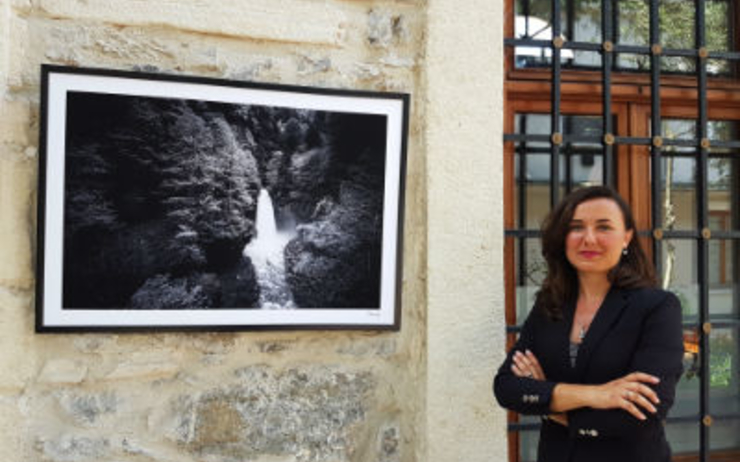
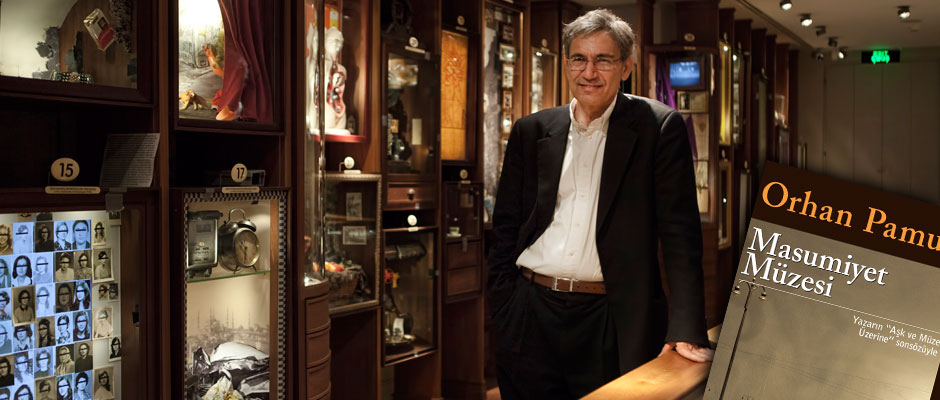


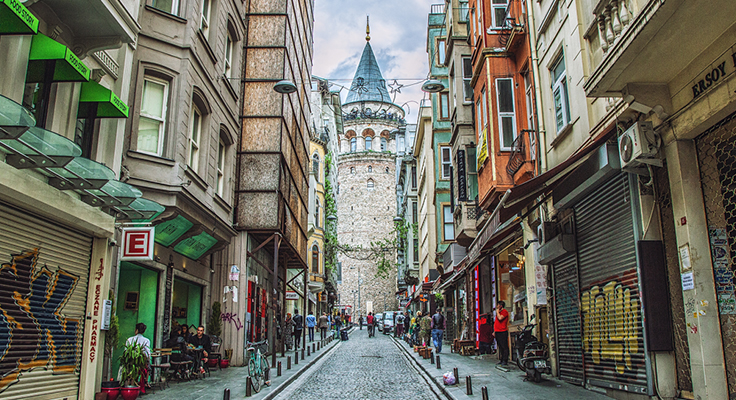
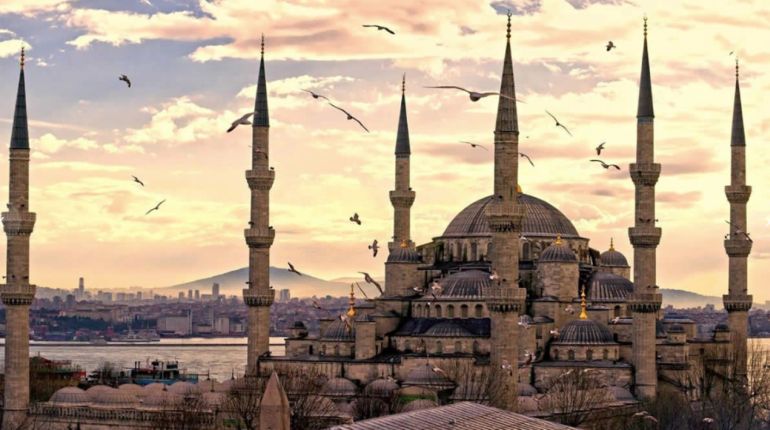
More posts by Gokce Nacar